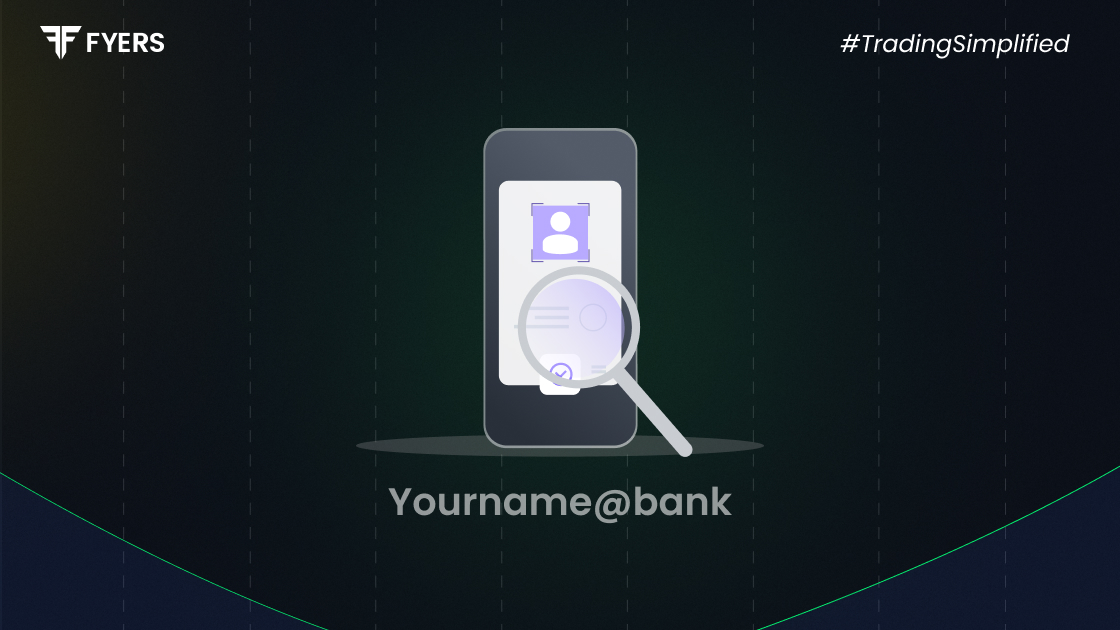

 13 Jun, 2025
13 Jun, 2025
 3 mins read
3 mins read

With the growing adoption of UPI (Unified Payments Interface) in India, digital transactions have become faster, easier, and more secure. A crucial element that makes this seamless experience possible is the Virtual Payment Address (VPA). But what exactly is a VPA, and why is it important for UPI users? In this blog, we explain everything you need to know—right from the basics to how to use it effectively.
A Virtual Payment Address (VPA) is a unique identifier used in UPI that eliminates the need to share sensitive bank account details for money transfers. It functions like an alias for your bank account, such as:
yourname@upi
or
yourname@okaxis
Just like you have an email ID for communication, a VPA acts as your identity for receiving and sending money. You can link it to your bank account via a UPI-enabled app like PhonePe, Google Pay, Paytm, or BHIM.
VPA is created when you register for UPI on any payment app. Once it is linked to your bank account:
You can send or receive money without entering your bank account number, IFSC, or branch details.
To transfer funds, you just need to enter the recipient’s VPA, amount, and your UPI PIN.
UPI processes the transaction by mapping the VPA to the bank account on the backend.
So, every time someone sends money to your VPA, it directly reaches your linked bank account.
Here are the major advantages of using a VPA:
Privacy: No need to disclose sensitive banking details like account number or IFSC.
Convenience: Easy to remember and share. You can create VPAs like “yourname@upi” or “nickname@bankname”.
Real-time Transfers: UPI transactions via VPA are instant, 24x7, even on bank holidays.
Security: Since the actual account number is hidden, risk of fraud is reduced.
Multiple Accounts, Multiple VPAs: Users can link different VPAs to different bank accounts for better money management.
Reversible/Customisable: You can change or delete your VPA anytime.
Creating a VPA is simple and can be done through any UPI - enabled app:
Step 1: Download a UPI app - e.g: BHIM, PhonePe, Paytm, Google Pay.
Step 2: Link your bank account using your registered mobile number.
Step 3: Set a UPI PIN if not already done.
Step 4: Choose or create a VPA like “rahul@upi” or “rahul@okhdfcbank”.
Step 5: Confirm the VPA and link it to your account.
Most apps also allow you to create multiple VPAs and switch between them as needed.
Often, VPA and UPI ID are used interchangeably. However, there's a slight technical difference:
|
Aspect |
VPA |
UPI ID |
|---|---|---|
|
What it means |
A short name linked to your bank account |
Another name for the same thing (used in apps) |
|
Looks like |
name@bank or name@upi |
Same format as VPA |
|
What it does |
Lets you send or receive money using UPI |
Works the same way as VPA |
|
Are they same? |
Yes, for regular users, they mean the same |
Yes, you can use either term interchangeably |
In short: For end-users, VPA and UPI ID are practically the same thing.
Here are a few common examples of how VPAs look:
aman123@upi
payme@okhdfcbank
rahulk@oksbi
mybiz@okicici
Each of these is unique and mapped to the user’s bank account. You can share it with anyone who needs to send you money without worrying about exposing your actual bank details.
A Virtual Payment Address (VPA) is a simple yet powerful tool that adds security and ease to digital payments. Whether you're a casual UPI user or run a small business, using VPA helps keep your transactions safe, organised, and private. With features like multiple VPAs, instant transfers, and high security, VPA is an essential part of India’s growing digital payment ecosystem.
A VPA is a unique ID (like rahul@upi) that acts as a shortcut to your bank account, letting you send or receive money without sharing account details.
Yes. VPA is designed to keep your bank details private. It’s safe to share, just like your mobile number or email.
Absolutely. Most UPI apps let you create and manage multiple VPAs linked to the same or different bank accounts.
Yes. You can usually edit, disable, or delete a VPA through your UPI app settings, depending on the app’s features.
Calculate your Net P&L after deducting all the charges like Tax, Brokerage, etc.
Find your required margin.
Calculate the average price you paid for a stock and determine your total cost.
Estimate your investment growth. Calculate potential returns on one-time investments.
Forecast your investment returns. Understand potential growth with regular contributions.